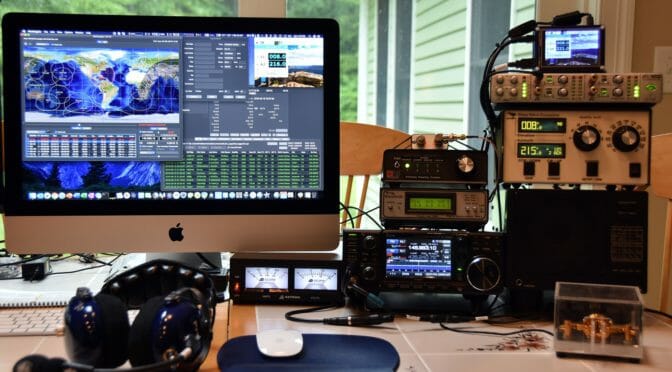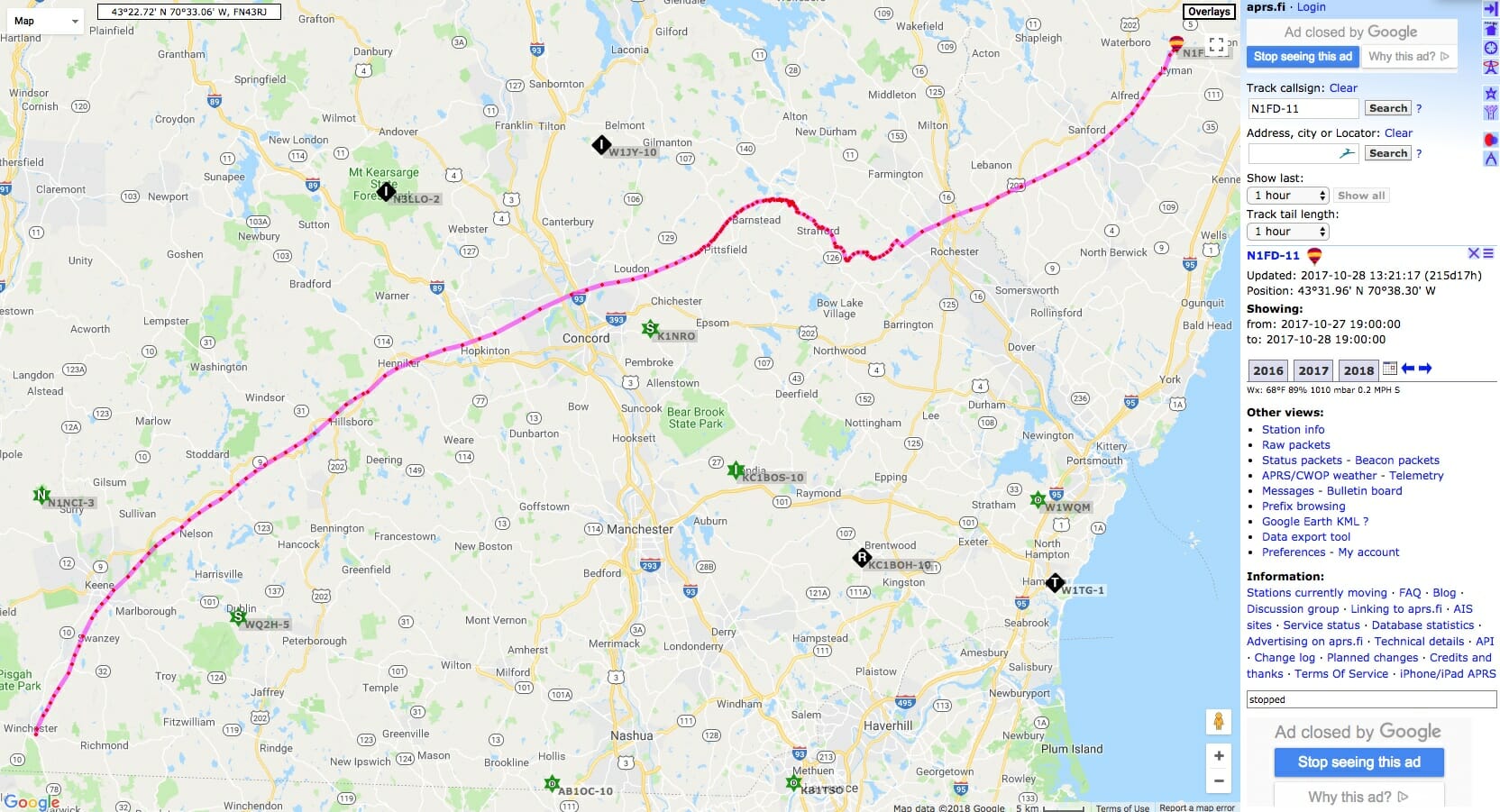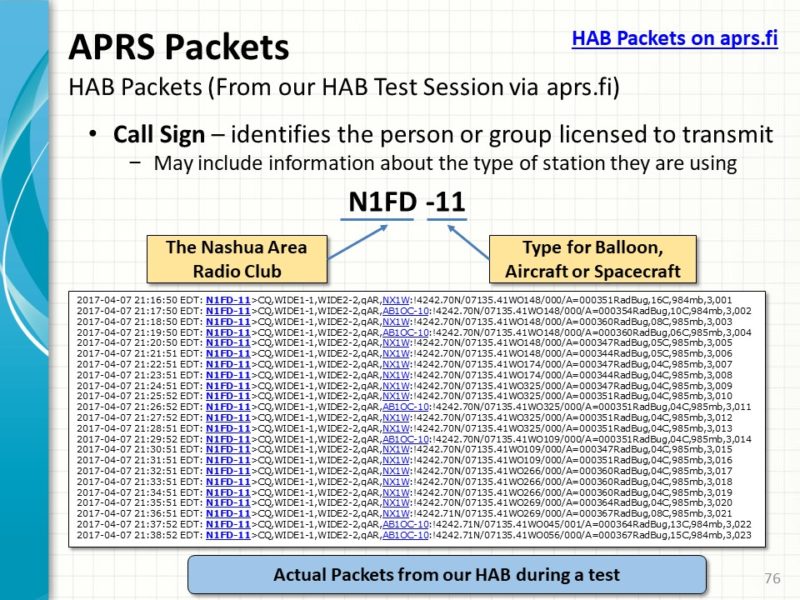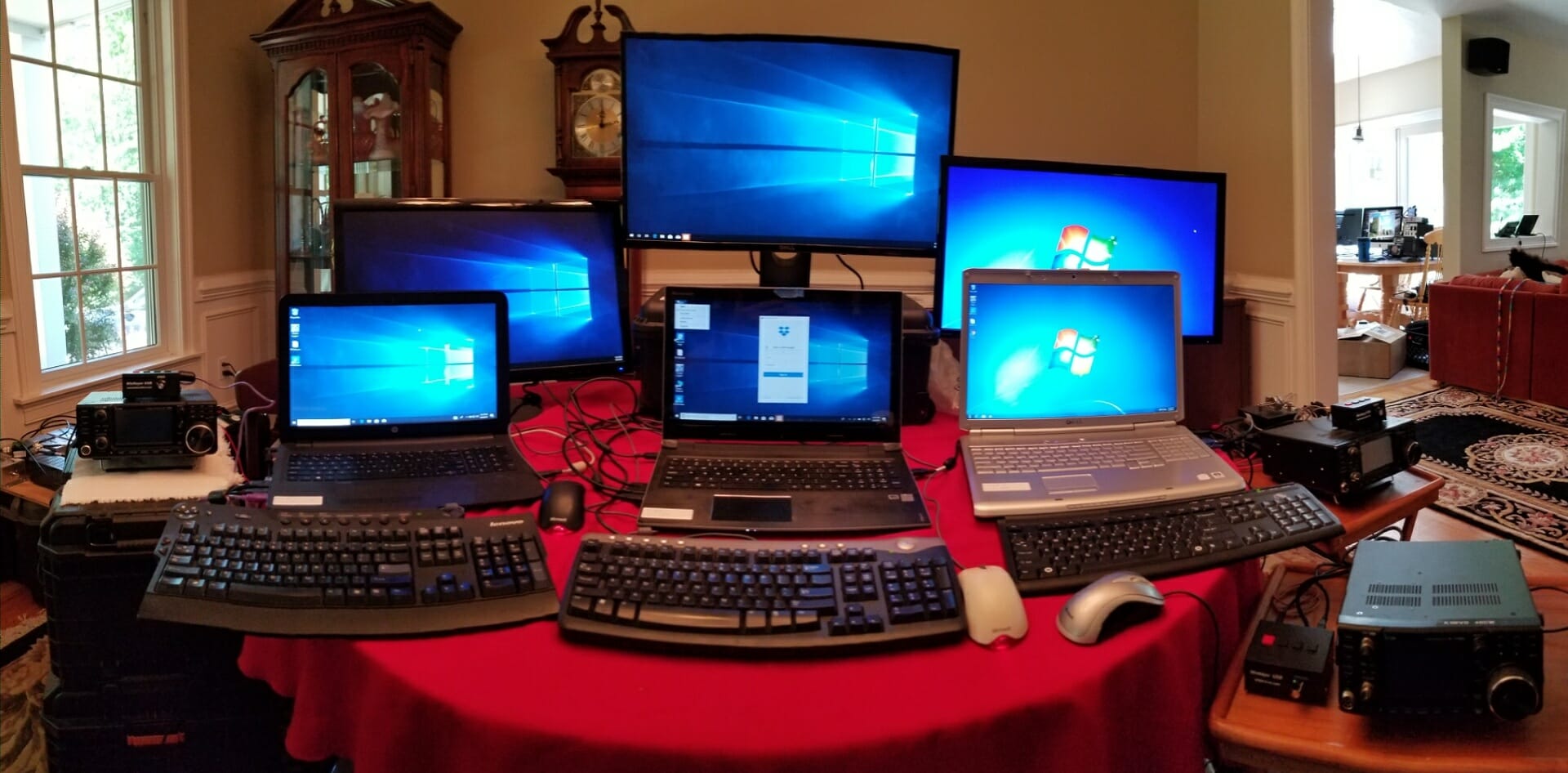
What goes into an 11A Field Day? Well, for starters, 13 stations! We got together at AB1OC/AB1QB’s QTH a couple of weekends ago to set up ALL of our Field Day stations at once and test them together. Here’s a rundown of the final Field Day Station Test setup:
- Three CW Stations
- Three SSB Stations
- Three Digital Stations
- A 160m All Mode Station
- A VHF+ All Mode Station for 6m, 2m, and 70cm
- A “Free” Satellite Station
- A GOTA Station
Each station has a Laptop Computer with one or more monitors running the N1MM+ logger in a networked configuration. We also had the Scoreboard computer (Anita’s Surface Pro) running for the test.
Jon, AC1EV took the lead on getting the CW stations set up and working. This was true “CW Heaven”!
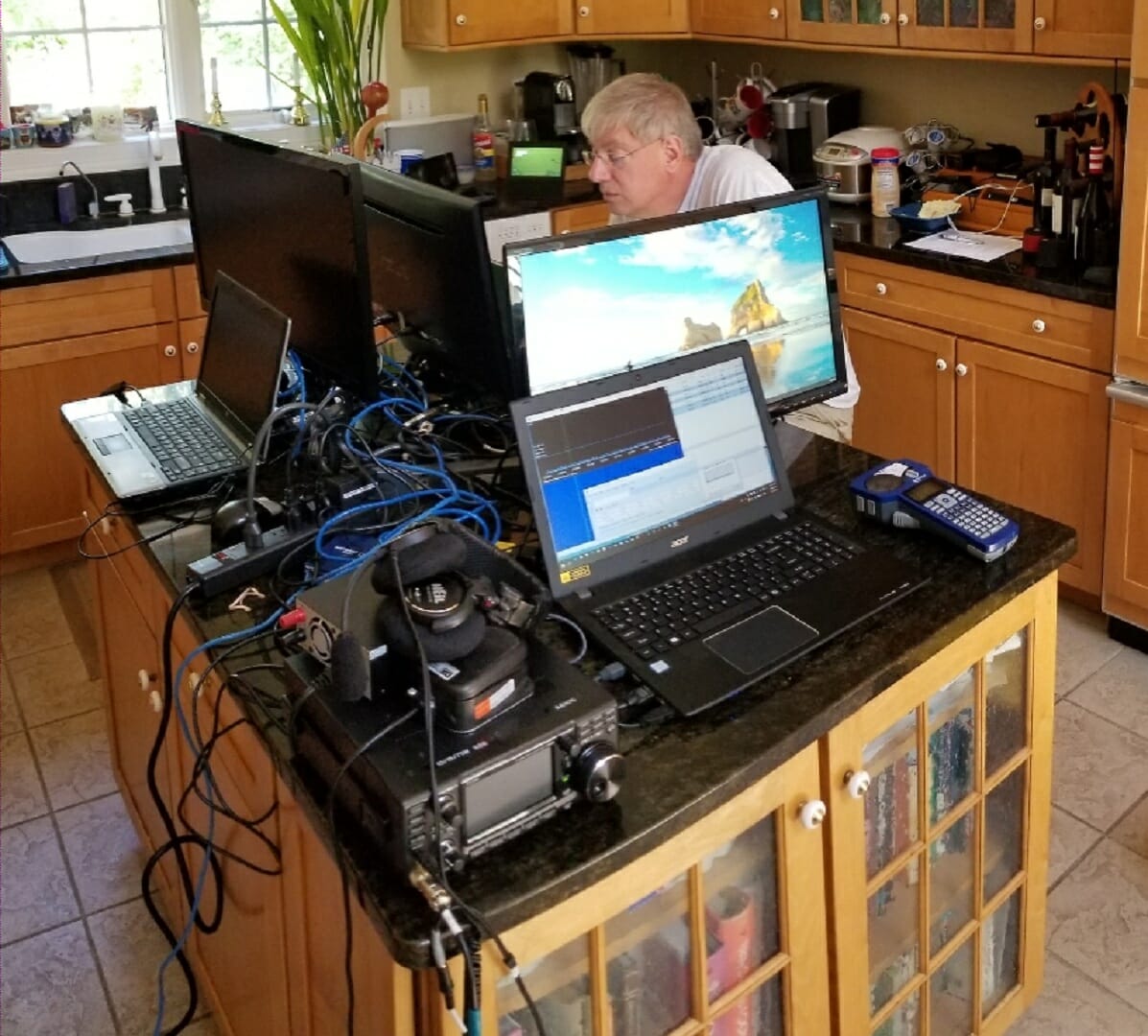
Scott, NE1RD spent the day sorting out our three SSB stations. We even got Voice Keying to work!
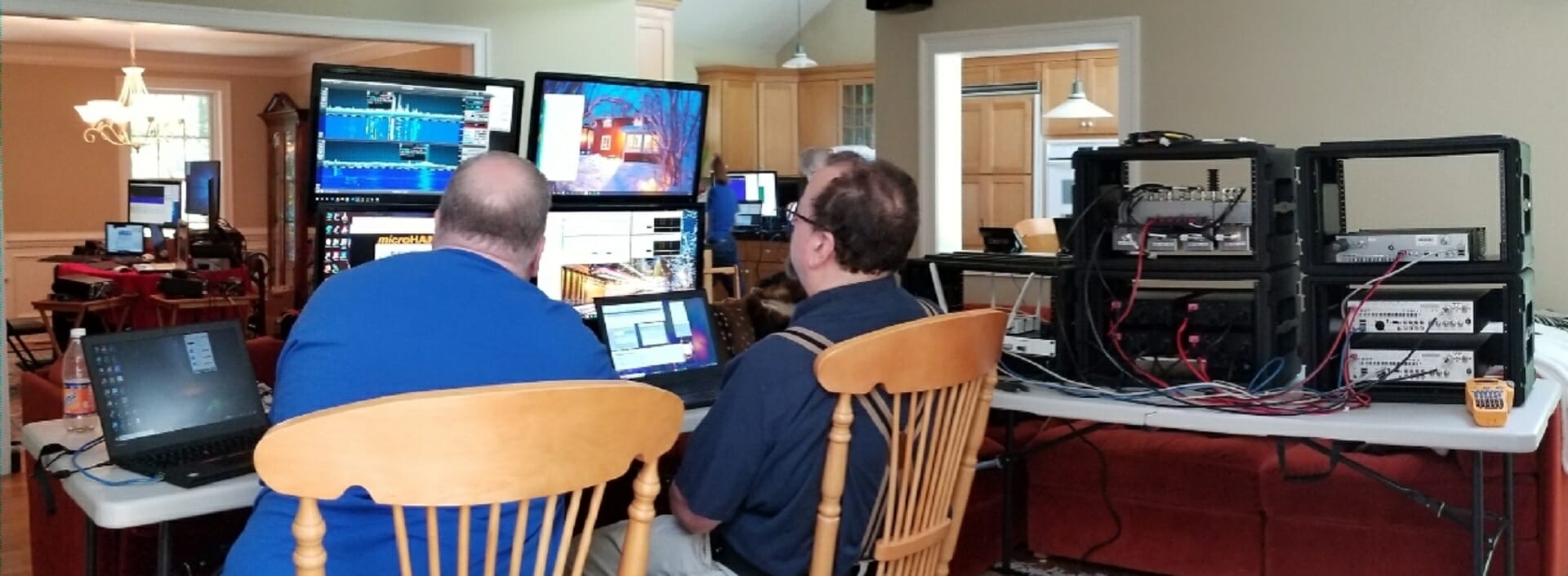
Dave, K1DLM and Charlie, W1CBD spent the day getting our three Digital Stations to work with four FlexRadio SDRs. Anita, AB1QB took care of our WSJT-X, RTTY, and PSK configurations for the Digital Stations. Dave also got the GOTA SDR station working in his “spare time”.

I spent my day working on the 160m All Mode and the VHF+ Stations. These stations were a challenge because they needed to run SSB, CW, and WSJT-X together with N1MM+. We finally found a software combination that worked for all of this.
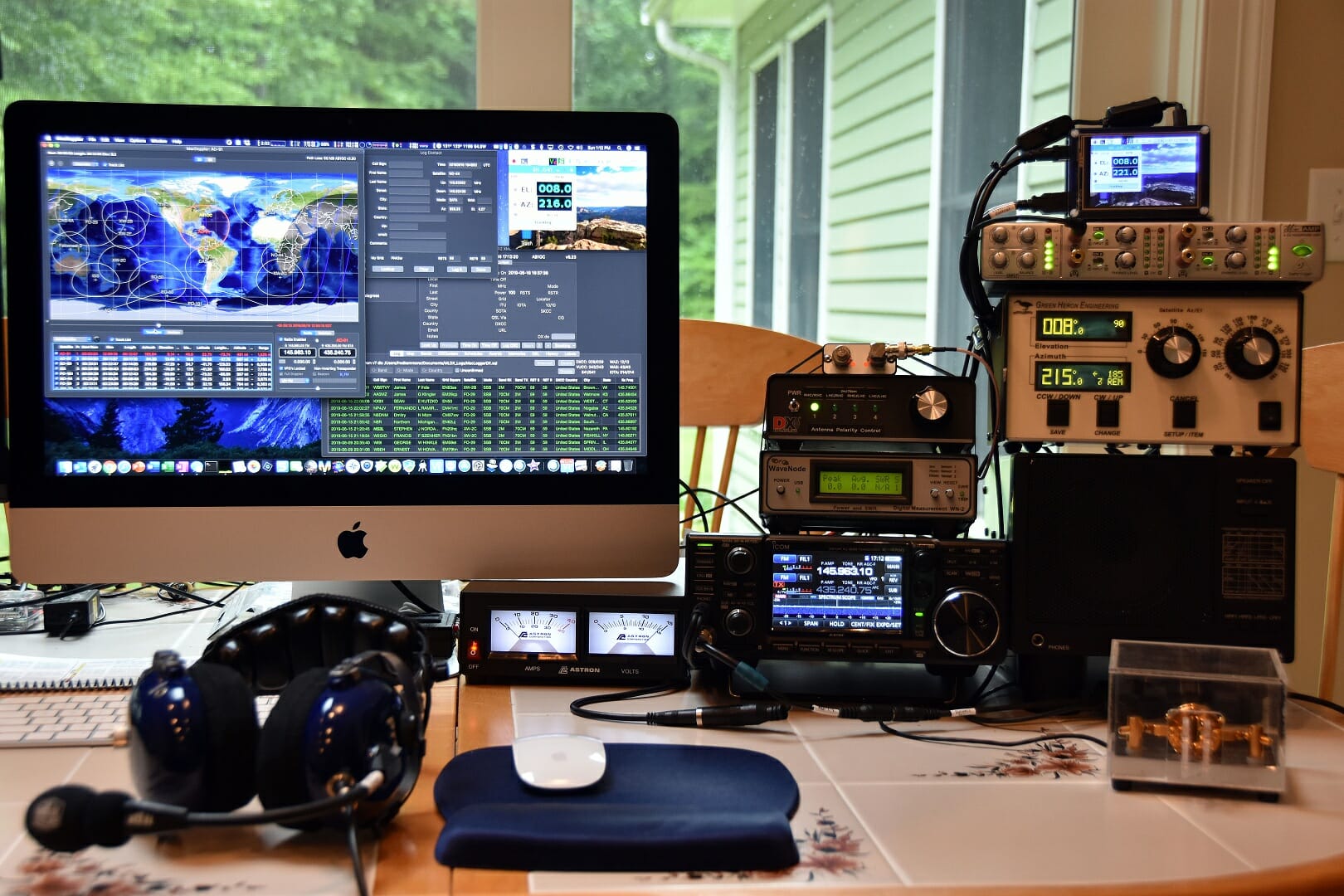
Fortunately for me, our Portable Computer Controlled Satellite Station was already set up and ready to go. This is a Mac-based station and we’ll be transferring our satellite contacts into the N1MM+ Windows world via an ADIF file transfer.

It took all of us pretty much an entire day (and most of an evening) to get all of this working correctly. In the end, we made a bunch of test contacts and confirmed that all 13 computers kept the correct logs and scores. With this done, we are all set for Field Day 2019!
Fred, AB1OC


